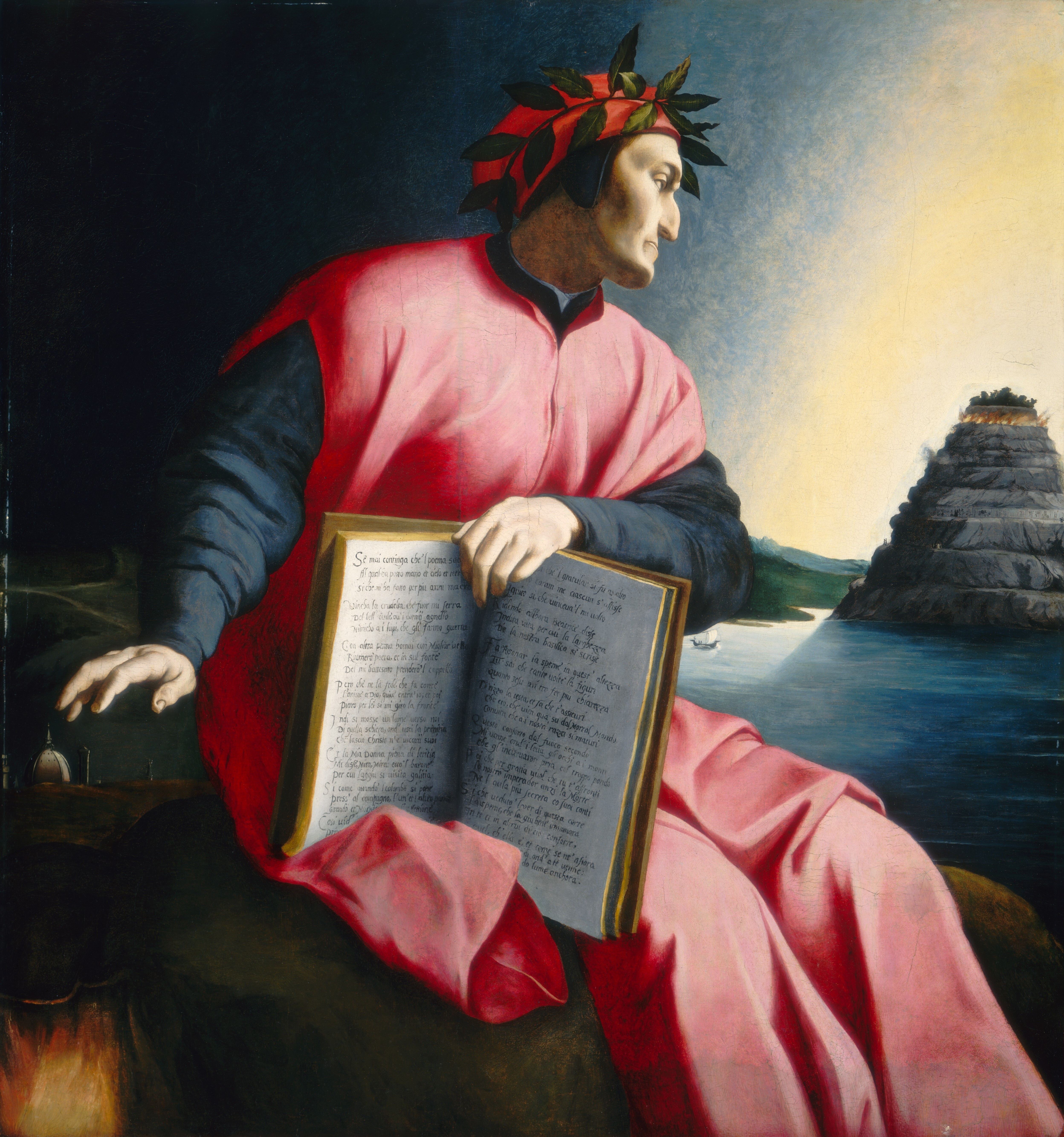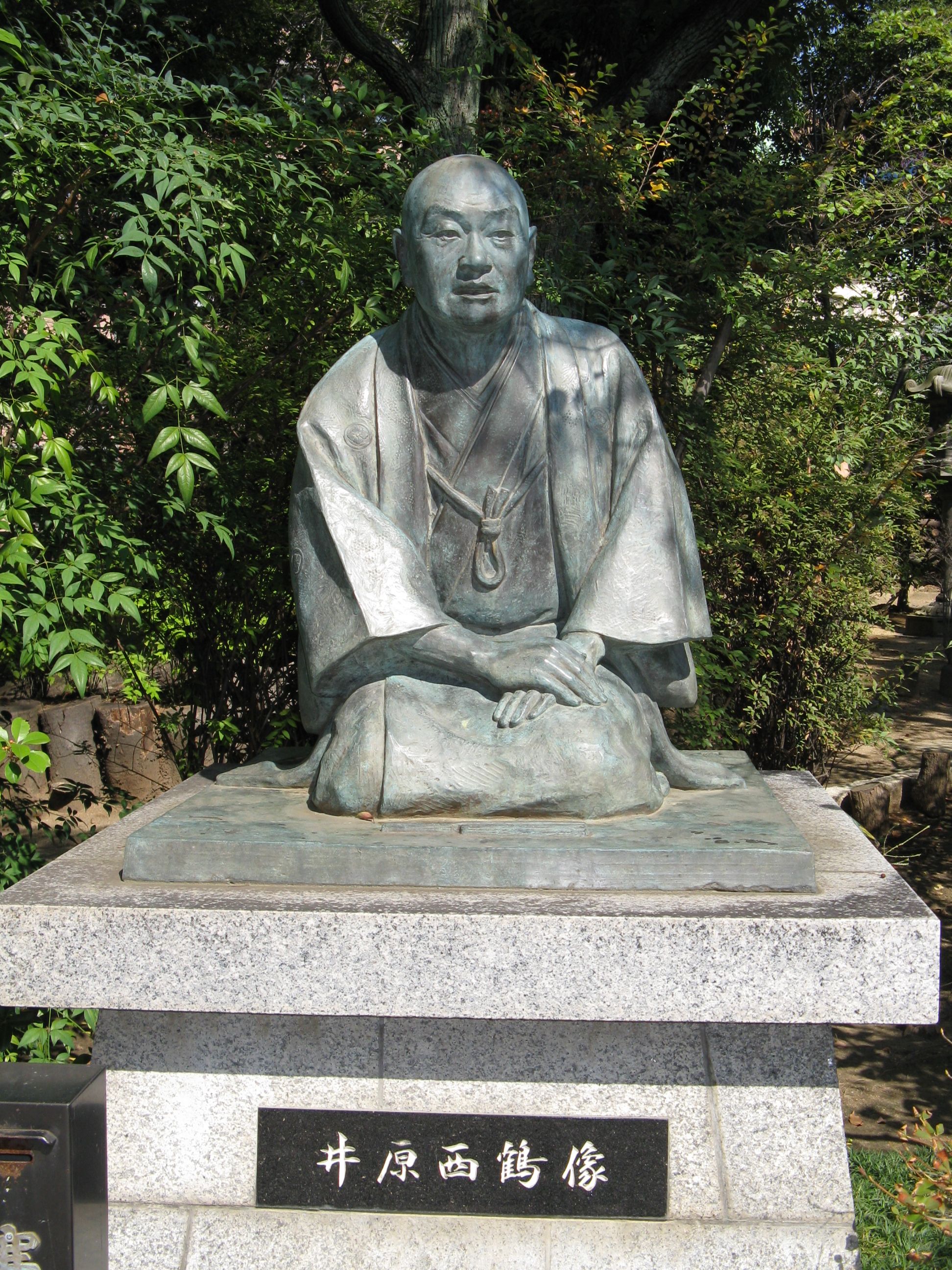|
Qian Daosun
Qian Daosun (1887–1966) was a Chinese writer and translator. His renowned translations include the Inferno part of the Divine Comedy, Man'yōshū and The Tale of Genji.Zou, Shuangshuang (2011)"佐佐木信綱選、銭稲孫訳『漢訳万葉集選』研究 ― 成立背景、出版事情、翻訳をめぐって―" 4. Translated by Qian, Daosun. Journal of East Asian Cultural Interaction Studies: 98. . Qian was born in a family of officials and scholars. Life Early life In 1900, when Qian was 13 years old, he went to Japan with his diplomat father, and studied at Keio Yochisha Elementary School, Seijo Gakkou, and Tokyo Koto Shihan Gakkou. Later Qian went to Belgium and Italy with his family and received education first in French, Italian, and later in German and medicine before he returned to China. In 1912, together with Lu Xun and Xu Shoushang, Qian co-designed the Twelve Symbols national emblem. Since 1927, Qian taught Japanese in the Tsinghua University, where he obtaine ... [...More Info...] [...Related Items...] OR: [Wikipedia] [Google] [Baidu] |
Divine Comedy
The ''Divine Comedy'' (, ) is an Italian narrative poetry, narrative poem by Dante Alighieri, begun and completed around 1321, shortly before the author's death. It is widely considered the pre-eminent work in Italian literature and one of the greatest works of Western literature. The poem's imaginative vision of the afterlife is representative of the medieval philosophy, medieval worldview as it existed in the Western Christianity, Western Church by the 14th century. It helped establish the Tuscan dialect, Tuscan language, in which it is written, as the standardized Italian language. It is divided into three parts: ''Inferno (Dante), Inferno'', ''Purgatorio'', and ''Paradiso (Dante), Paradiso''. The poem explores the condition of the soul following death and portrays a vision of divine justice, in which individuals receive appropriate punishment or reward based on their actions.Vallone, Aldo. "Commedia" (trans. Robin Treasure). In: Lansing (ed.), ''The Dante Encyclopedia'', ... [...More Info...] [...Related Items...] OR: [Wikipedia] [Google] [Baidu] |
People's Literature Publishing House
The People's Literature Publishing House () is a large-scale publishing house in China. It was established in March 1951, and was attached to the China Publishing Group (). It is known for scholarly publications, editions of classical Chinese literature, and dictionaries. Its head office is at Chaoyangmen 116, Beijing. Its current director is Zang Yongqing() and the editor-in-chief is Li Hongqiang (). Leaders * Director: Zang Yongqing () * Deputy director: Liu Guohui () and Liu Xianwen () * Editor-in-chief: Li Hongqiang() * Deputy editor-in-chief: Xiao Yuanyuan () and Cao Jian () See also * Publishing industry in China Publishing and printing in mainland China have a long history. The first printed book sold commercially was sold in the markets of the Tang dynasty in 762, while printed paper receipts used for business transactions and tax payments can be dated t ... References External links * Book publishing companies of China Mass media in Beijing Publishing com ... [...More Info...] [...Related Items...] OR: [Wikipedia] [Google] [Baidu] |
The Love Suicides At Amijima
''The Love Suicides at Amijima'' (''Shinjū Ten no Amijima'' or ''Shinjūten no Amijima'' 心中天の網島) is a domestic play ('' sewamono'') by Japanese playwright Chikamatsu Monzaemon. Originally written for the ''bunraku'' puppet theatre, it was adapted into kabuki shortly after its premiere on 3 January 1721. It is widely regarded as one of his greatest domestic plays and was hailed by Donald Keene as “Chikamatsu’s masterpiece”. Adaptations The Japanese new wave filmmaker Masahiro Shinoda was a Japanese film director, whose career spanned over four decades and covered a wide range of genres and styles. He was one of the central figures of the Japanese New Wave during the 1960s and 1970s. He directed films for Shochiku Studio fro ... directed a stylized adaptation of the story as '' Double Suicide'' in 1969. Milwaukee, WI-based Dale Gutzman (book, lyrics) and Todd Wellman (score) debuted the musical adaption ''AmijimA'' in 2007. The Australian National Universi ... [...More Info...] [...Related Items...] OR: [Wikipedia] [Google] [Baidu] |
The Love Suicides At Sonezaki
''The Love Suicides at Sonezaki'' (曾根崎心中, ''Sonezaki Shinjū'') is a jōruri play by the Japanese playwright Chikamatsu Monzaemon. The double suicides that occurred on May 22, 1703, inspired Chikamatsu to write this play and thus ''The Love Suicides at Sonezaki'' made its debut performance on June 20, 1703. Chikamatsu added new scenes in the 1717 revival including the villain's punishment. ''The Love Suicides at Sonezaki'''s reception was popular and helped springboard Chikamatsu's future success as a playwright. In the first year alone since the play's premiere, no less than seventeen couples committed double suicide. In fact, the bakufu banned Chikamatsu's shinjū plays in 1722 because of their content's popularity. ''The Love Suicides at Sonezaki'' was Chikamatsu's first "domestic tragedy" or "domestic play" ('' sewamono'') and his first love-suicide play (shinjūmono). Until this play, the common topic for jōruri was jidaimono or "history plays" while kabuki perfo ... [...More Info...] [...Related Items...] OR: [Wikipedia] [Google] [Baidu] |
Ihara Saikaku
was a Japanese poet and creator of the " floating world" genre of Japanese prose (''ukiyo-zōshi''). His born name may have been Hirayama Tōgo (平山藤五), the son of a wealthy merchant in Osaka, and he first studied haikai poetry under a follower of Matsunaga Teitoku and later studied under Nishiyama Sōin of the Danrin school of poetry, which emphasized comic linked verse. Scholars have described numerous extraordinary feats of solo haikai composition at one sitting; most famously, over the course of a single day and night in 1677 Saikaku is known to have composed 1,600 haikai verses and an amazing 23,500 verses in a single day and night in 1684. Later in life he began writing racy accounts of the financial and amorous affairs of the merchant class and the demimonde. These stories catered to the whims of the newly prominent merchant class, whose tastes of entertainment leaned toward the arts and pleasure districts. Biography Ihara Saikaku was born in 1642 into a w ... [...More Info...] [...Related Items...] OR: [Wikipedia] [Google] [Baidu] |
Chikamatsu Monzaemon
, real name , was a Japanese dramatist of jōruri, the form of puppet theater that later came to be known as bunraku, and the live-actor drama, kabuki. The ''Encyclopædia Britannica'' has written that he is "widely regarded as the greatest Japanese dramatist". His most famous plays deal with double-suicides of honor bound lovers. Of his puppet plays, around 70 are ''jidaimono'' (時代物) (historical romances) and 24 are ''sewamono'' (世話物) (domestic tragedies). The domestic plays are today considered the core of his artistic achievement, particularly works such as '' The Courier for Hell'' (1711) and '' The Love Suicides at Amijima'' (1721). His histories are viewed less positively, though '' The Battles of Coxinga'' (1715) remains praised. Biography Chikamatsu was born Sugimori Nobumori. to a samurai family. There is disagreement about his birthplace. The most popular theory. suggests he was born in Echizen Province, but there are other plausible locations, including H ... [...More Info...] [...Related Items...] OR: [Wikipedia] [Google] [Baidu] |
Japan Society For The Promotion Of Science
The is an Independent Administrative Institution in Japan, established for the purpose of contributing to the advancement of science in all fields of the natural and social sciences and the humanities.JSPSweb page History The Japan Society for the Promotion of Science was founded in 1932 as a non-profit foundation through an endowment granted by Emperor Shōwa. JSPS became a quasi-governmental organization in 1967 under the auspices of the Ministry of Education, Science, Sports and Culture (''Monbusho''), and after 2001 under the Ministry of Education, Culture, Sports, Science and Technology The , also known as MEXT, is one of the eleven ministries of Japan that compose part of the executive branch of the government of Japan. History The Meiji period, Meiji government created the first Ministry of Education in 1871. In January 2001 .... In 2003, JSPS entered a new phase with its conversion to an Independent Administrative Institution. This new administrative configuratio ... [...More Info...] [...Related Items...] OR: [Wikipedia] [Google] [Baidu] |
Nobutsuna Sasaki
was a ''tanka'' poet and scholar of the Nara and Heian periods of Japanese literature. He was active during the Shōwa period of Japan. Early life Sasaki was born in what is now part of Suzuka city, Mie prefecture. He was considered a child prodigy, and his father, Sasaki Hirotsuna, taught him the basics of poetry composition and encouraged him to memorize classical ''tanka'' verses. After graduation from the Classics Department of Tokyo Imperial University, he followed his father's wish and decided to devote his life to '' waka'' poetry, both by researching old verses and by composing new verses himself. Literary career In 1894 Sasaki published a lengthy patriotic poem ''Shina seibatsu no Uta'' (“The Song of the Conquest of China”), on the occasion of the start of the First Sino-Japanese War. The poem was extremely popular, and one of its lyrics comparing falling cherry blossoms to Japanese soldiers falling in battle for the emperor became a common symbolic phrase through t ... [...More Info...] [...Related Items...] OR: [Wikipedia] [Google] [Baidu] |
Written Vernacular Chinese
Written vernacular Chinese, also known as ''baihua'', comprises forms of written Chinese based on the vernacular varieties of the language spoken throughout China. It is contrasted with Literary Chinese, which was the predominant written form of the language in imperial China until the early 20th century. A style based on vernacular Mandarin Chinese was used in novels by Ming and Qing dynasty authors, and was later refined by intellectuals associated with the May Fourth Movement. This form corresponds to spoken Standard Chinese, but is the standard form of writing used by speakers of all varieties of Chinese throughout mainland China, Taiwan, Malaysia, and Singapore. It is commonly called Standard Written Chinese or Modern Written Chinese to distinguish it from spoken vernaculars and other written vernaculars, like written Cantonese and written Hokkien. Background During the Zhou dynasty (1046–256 BC), Old Chinese was the spoken form of the language, which was re ... [...More Info...] [...Related Items...] OR: [Wikipedia] [Google] [Baidu] |
Feng Zikai
Feng Zikai (; November 9, 1898 – September 15, 1975) was an influential Chinese painter, pioneering ''manhua'' () artist, essayist, and lay Buddhist of 20th-century China. Born just after the First Sino-Japanese War and dying just before the end of the Cultural Revolution, he lived through much of the political and socioeconomic turmoil during the birth of modern China. Much of his literary and artistic work comments on and records the relationship between the changing political landscape and ordinary people's daily lives. Although most famous for his paintings depicting children and the multi-volume collection of Buddhist-inspired art '' Paintings for the Preservation of Life'' (), Feng was a prolific artist, writer, and intellectual who made strides in the fields of music, art, literature, philosophy, and translation. Biography Early life and education A native of Shimenwan () in Chongde county, Zhejiang Province, Feng Zikai went to school from an early age, the only son and ... [...More Info...] [...Related Items...] OR: [Wikipedia] [Google] [Baidu] |
Fiction Monthly
The ''Fiction Monthly'' ( ''Xiaoshuo Yuebao''; Original English title: ''The Short Story Magazine'') was a Chinese literary journal published by the Commercial Press in Shanghai. First published in July 1910, its original editors were Yun Tieqiao (恽铁樵) and Wang Chunnong (王莼农). In January 1921, Mao Dun (Shen Yanbing) became its chief editor beginning with Volume 10, Issue 1. ''Fiction Monthly'' closed its doors in 1932 after the Japanese invasion of Shanghai with their naval and air bombardment (January 28 Incident). Altogether there were 22 volumes or 262 issues, including four specials. Publication history The ''Fiction Monthly'' originally published poems and stories in the classical ''wenyan'' style, and plays in the new style. Western fiction and plays were also translated into ''wenyan''. It was the domain of " Mandarin Duck and Butterfly School"(鸳鸯蝴蝶派) literature, published entertaining and recreational articles. The selections included popular love st ... [...More Info...] [...Related Items...] OR: [Wikipedia] [Google] [Baidu] |


